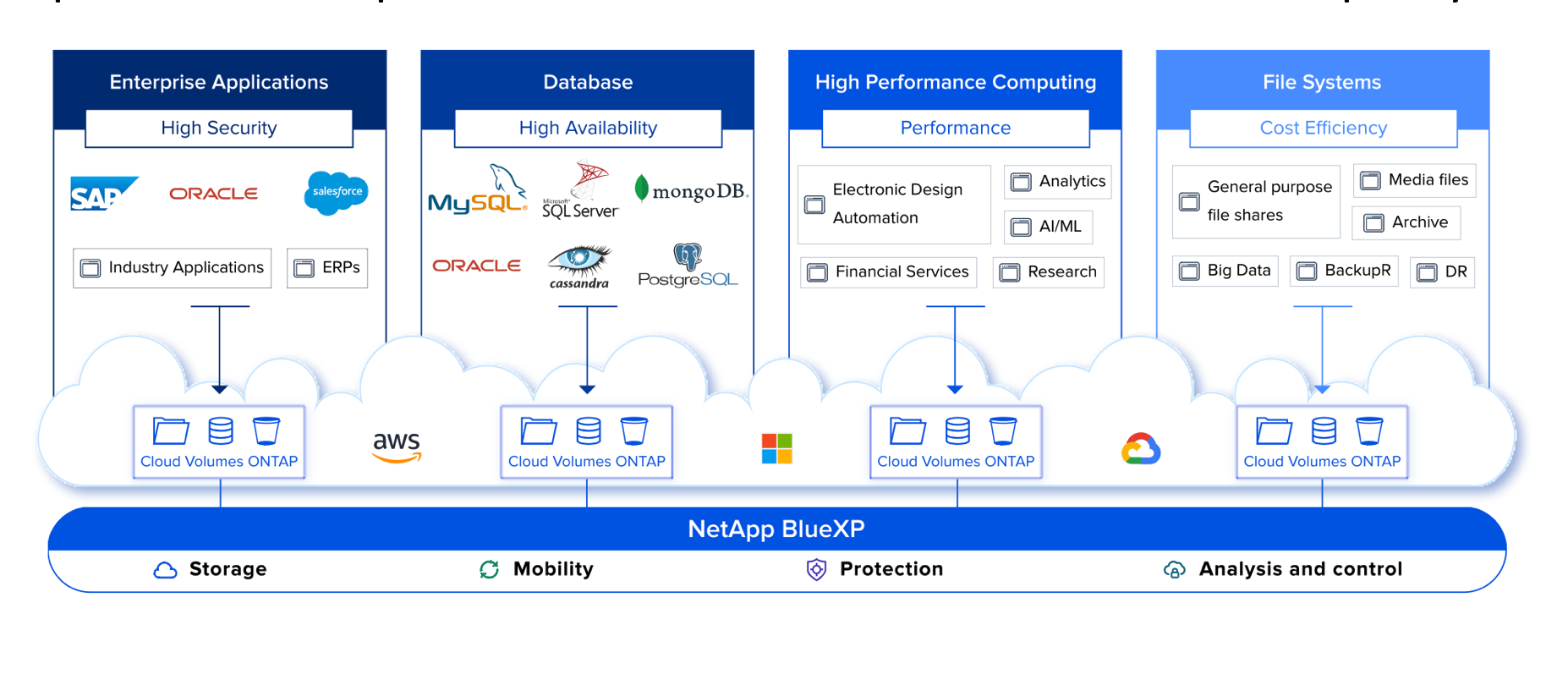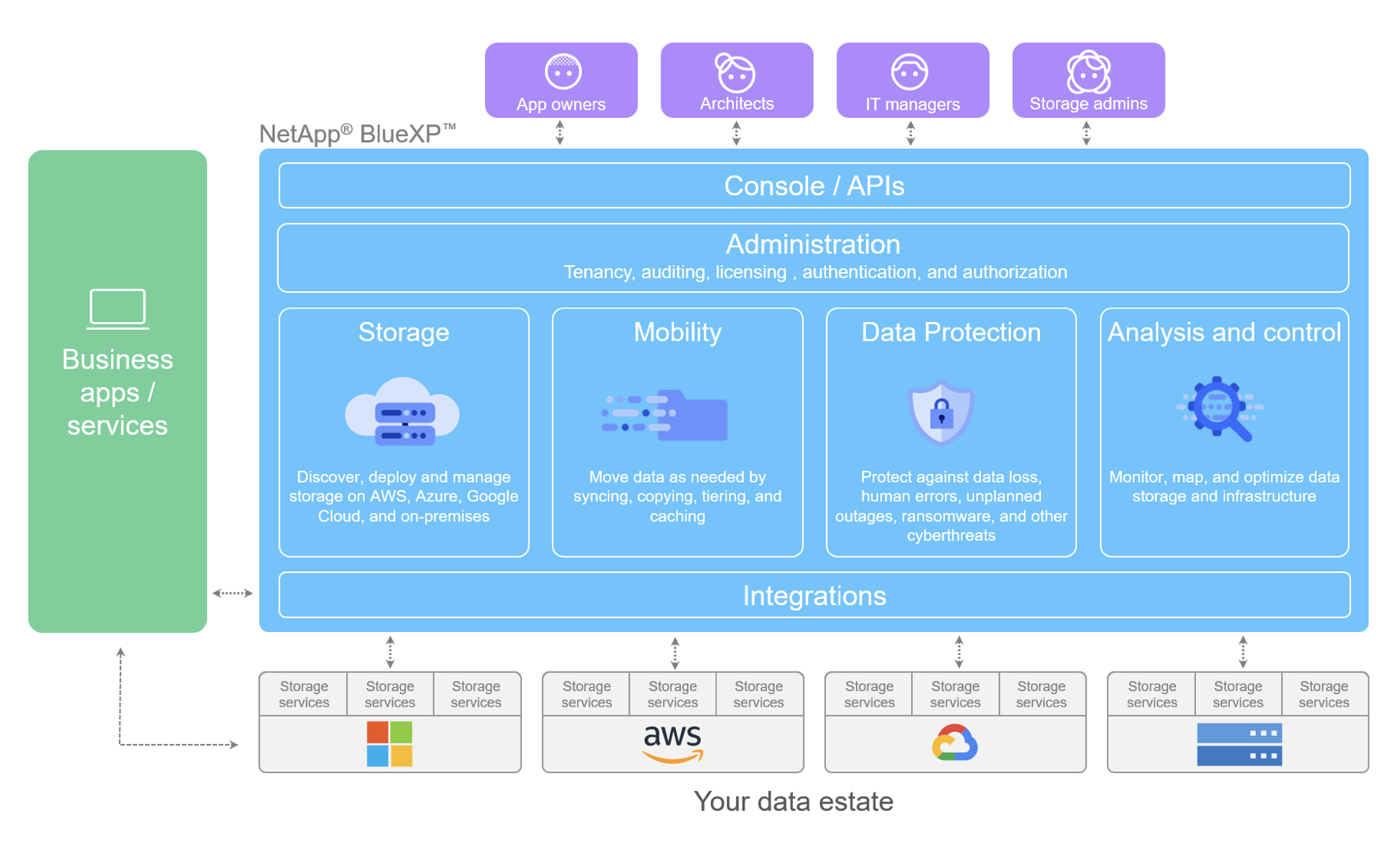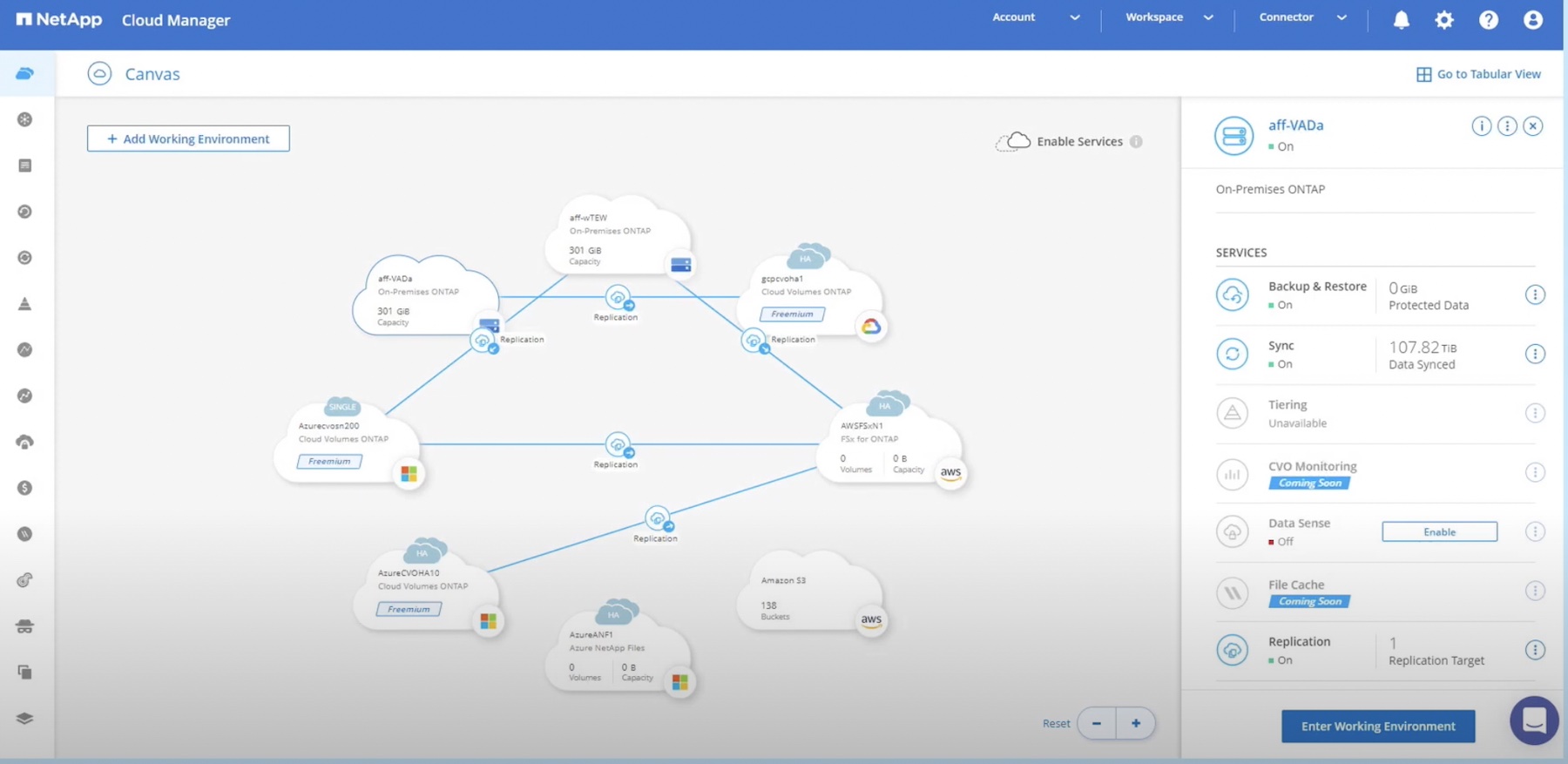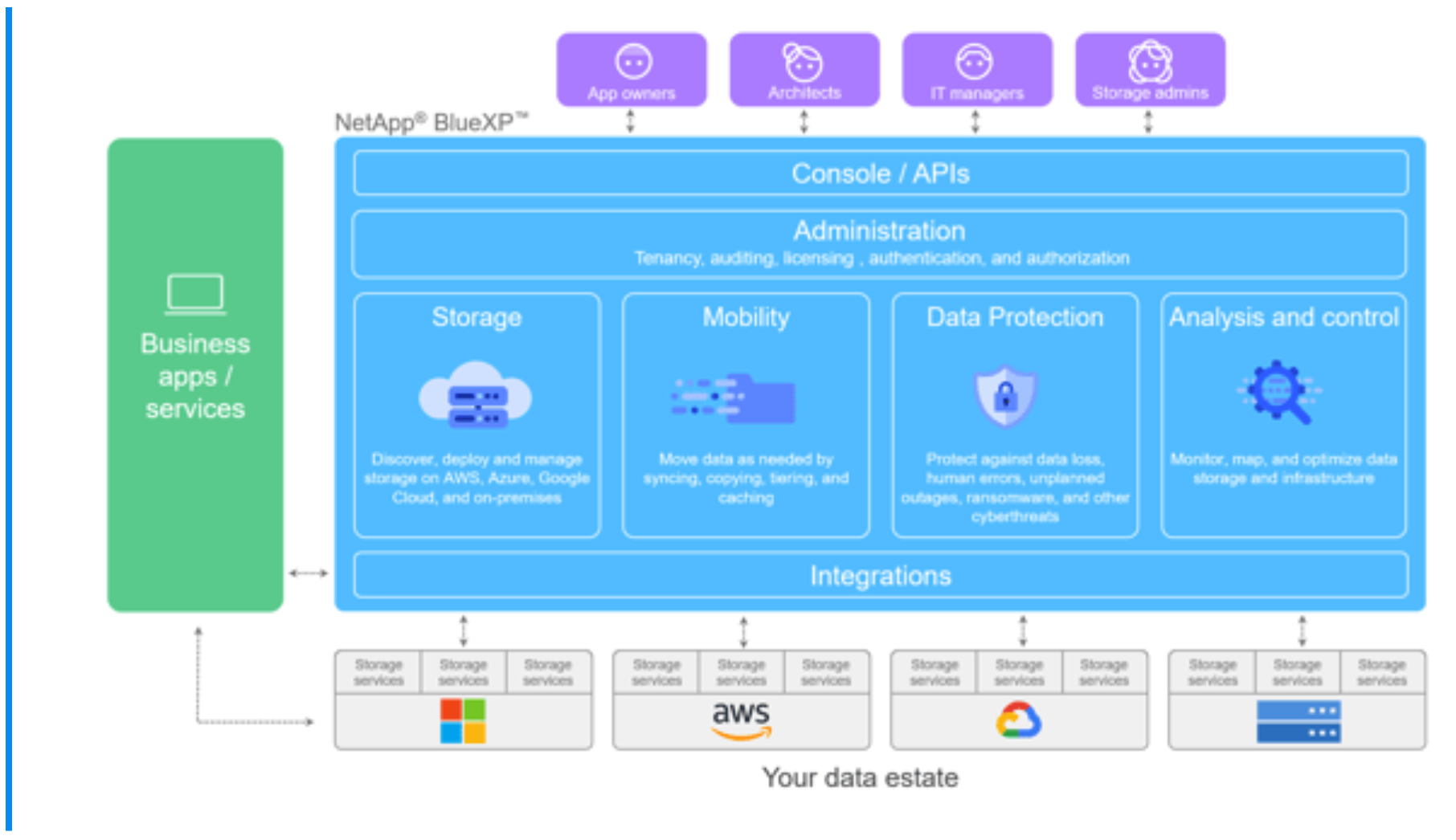At the end of every fiscal year, management takes inventory of current assets and dictates the goal for the upcoming year. This determines what future budgets will be specifically built around. Every organization knows these to be annoying and tedious tasks. Modern practices such as DevOps, and FinOps are built around helping these tasks be more predictable, streamlined, and easier.

Spreadsheets like the one above, are the lifeline of every company, but they get out of date quickly. They also don’t dynamically show what resources organizations are consuming.
Cloud Costs
With the adoption of cloud, understanding how to quantify each year has become difficult. Where the regular four-year enterprise license agreements (ELA), and end of life (EOL) purchases were easy to see coming, cloud made these costs smaller, more dynamic.
Unfortunately, with scalability and elasticity comes complexity. On-Demand resources are easy to get started in the cloud, but they are costly and difficult to predict. Spot instances and reserved instances grant nearly fifty percent reduction in cost but are only good if the workload used fits the infrastructure deployed.
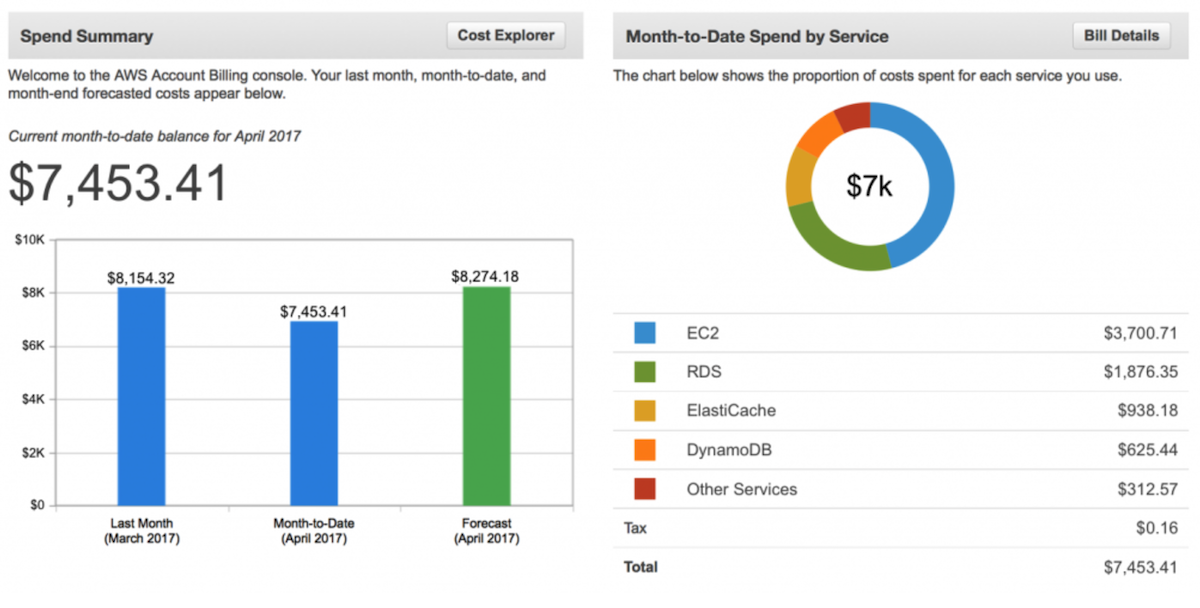
Price is Predicated on Prescription
FinOps is the methodology of finding financial means to fulfill operational requirements, and while it is a great model, the tools are the critical component. Till today, few accountants know the difference between EC2 and Lambda in AWS public cloud. This is where tools are required to help organizations answer critical operational, and financial questions, such as, how to reduce costs without sacrificing performance, or to keep from building unnecessary projects or resources. This is where tools like NetApp BlueXP, Cloud Insights, Cloud Tiering, Spot by NetApp, and other solutions come in to help users quantify what they have, what they need, and most importantly, what they don’t need.
NetApp Cloud Insights and Cloud Tiering focus on optimization and observability of resources and that is a key differentiator. Before organizations can discover what they should consume next year, they need to know how to validate what they are currently consuming, and how to optimize it. These are key steps prior to implementing the full suite of FinOps. In addition to these tools, FinOps requires something like NetApp BlueXP which gives organizations options for resource management based off cost. This combines observability and optimization with predictable financial planning.
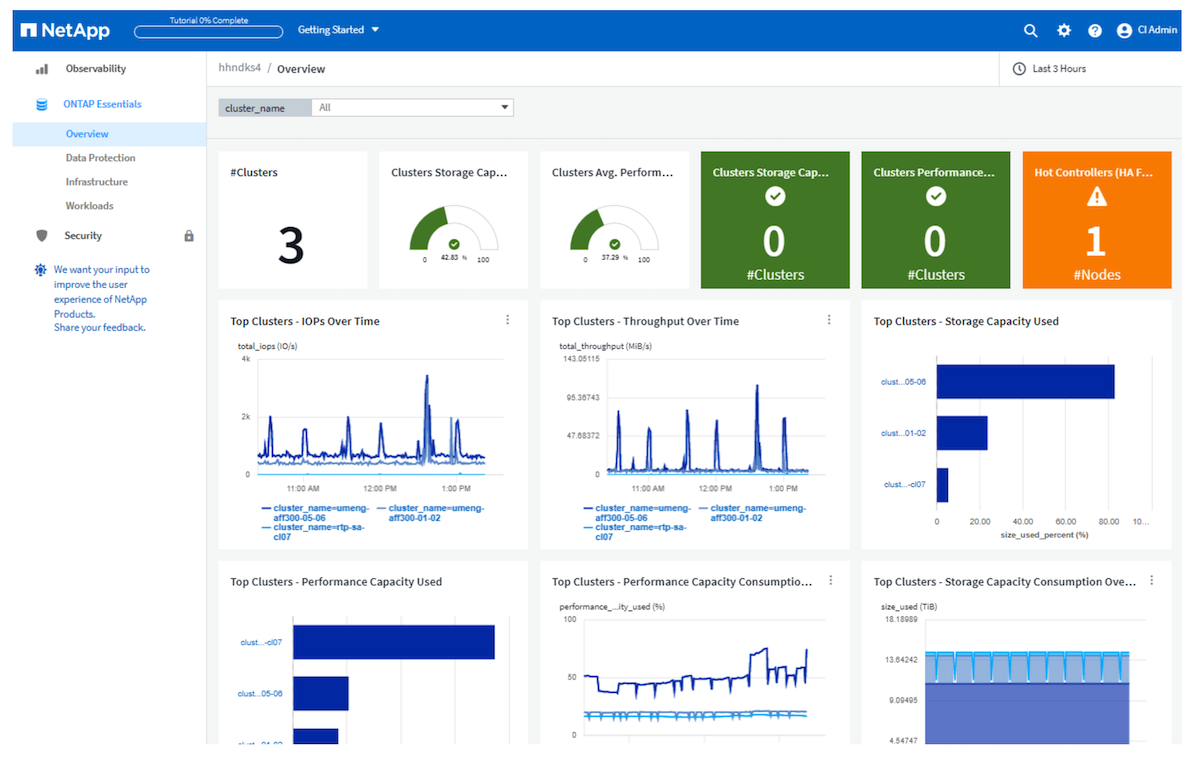
NetApp BlueXp Digital Wallet
NetApp BlueXP Digital Wallet uses a “bucket” type financial model that allows users to understand what they are spending, and what their resources cost, starting with services and licenses they are using in the cloud and on-premises. These licenses help keep a tab on what is expired, what is being used, and even exchange an unused license for something else. This is fantasticbecause most FinOps tools do an excellent job at observability and notifications, but the ability to manage these cost centers through a self-service portal is an excellent addition.

Licenses being swappable in a quick, easy, and self-service way is the most cloud centric service seen in FinOps and is a great differentiator with BlueXP. There are vendor licenses out there that are a group of individual licenses and cannot be swapped for the individual licenses. Enterprises see this as simply the cost of business, and not a broken system. BlueXP engages operations and financial teams, allowing them to set what they need, when they need it. The technology shows where we may see FinOps moving to in the future.
Conclusion
FinOps as a practice is still young. This is a new perspective, because cloud engineers are tired of trying to figure out what is costing so much, and where. They want to be able to build, or not build based off the projects they are assigned. They do not want to have to spend hours sending financial data to their managers. NetApp is ahead of the game, not only giving visibility, optimization, and automation to help users see what they are doing and what it costs, but also granting self-service functionality to help configure the cost, and the licenses. That’s what makes NetApp’s suite so engaging and exciting. While FinOps will grow from here, I’m excited to see what the future holds.

